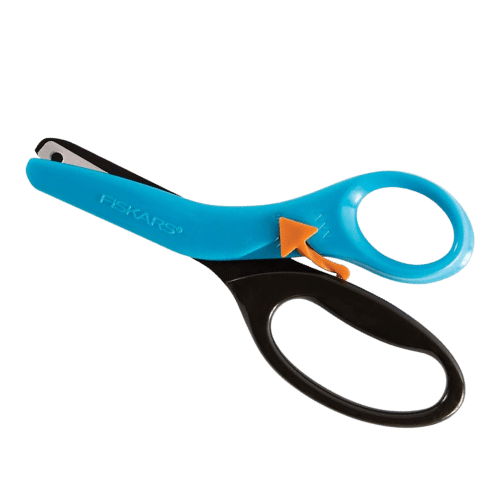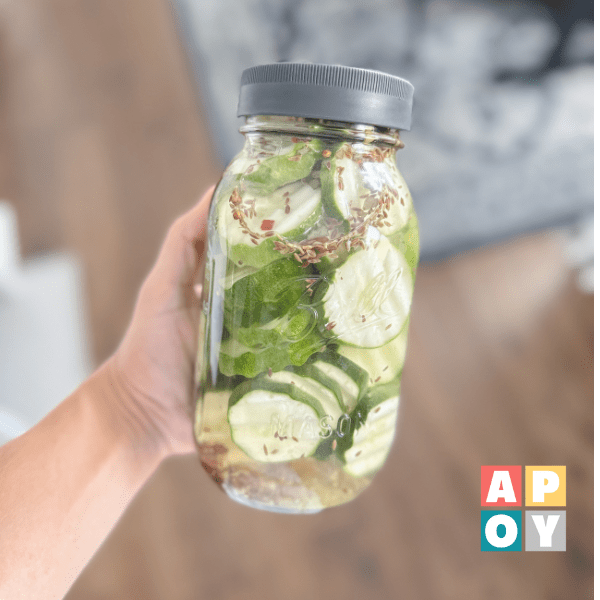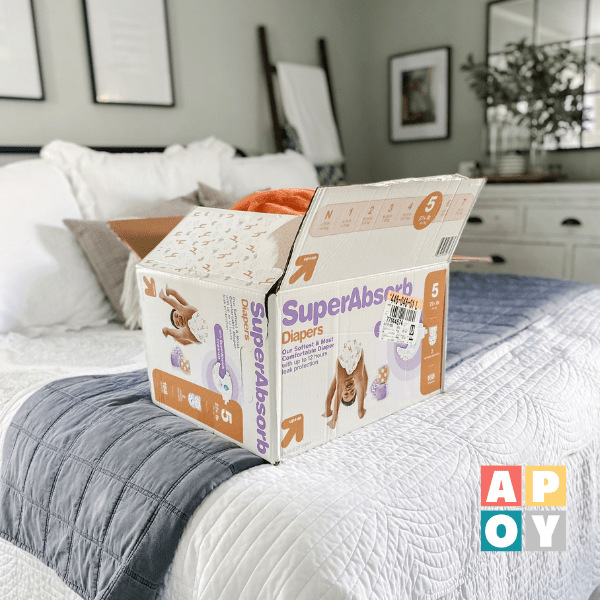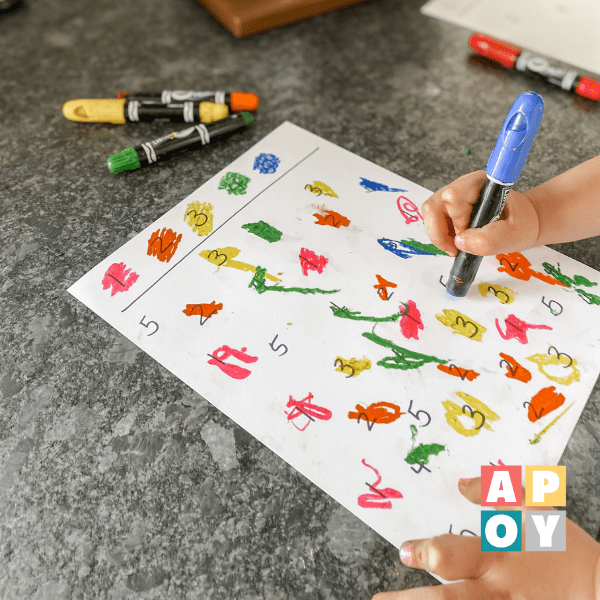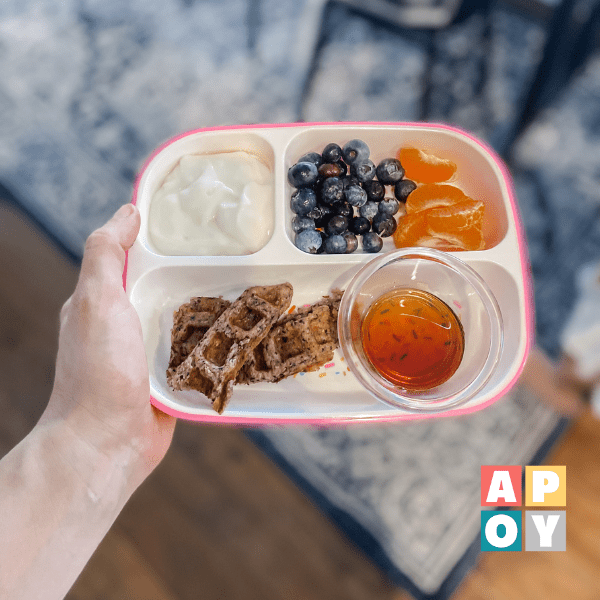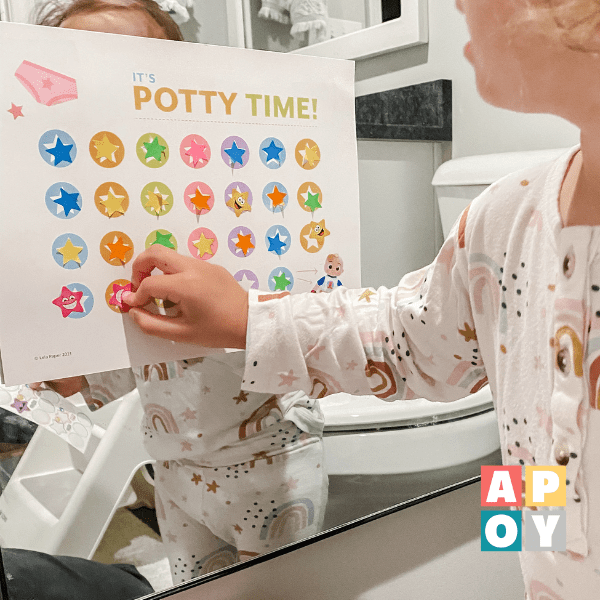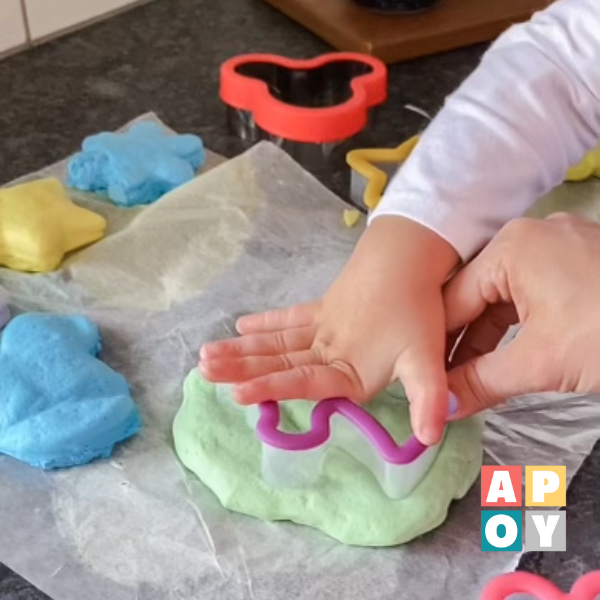How to Make a Cutting Box: A Fun Guide to Boosting Fine Motor Skills with Cutting Activities for Toddlers
Discover the magic of a cutting box – a fantastic way to teach toddlers scissor skills and enhance their fine motor abilities. This blog provides easy steps to create a cutting busy box, offering a variety of cutting practice activities using recyclable household items, all under adult supervision.
This blog post may contain affiliate links. When you make a purchase through these links, I may earn a small commission, at no additional cost to you. I only recommend products that I genuinely believe can benefit you and your family! Your support helps maintain and improve all things A Pop of You. Thanks so much!
Unleashing the Power of Scissor Skills for Toddlers
As parents, we are always on the lookout for engaging and educational activities to help our toddlers develop essential skills. Fine motor skills, particularly scissor skills, play a significant role in a child’s development, setting the foundation for various tasks in school and daily life. If you’re wondering how to teach your toddler to use scissors effectively, a cutting box is the perfect solution. In this blog, we’ll explore the wonders of a cutting box, how to make one, and how it can be an incredible tool for scissor practice and kindergarten skills.
What is a Cutting Box?
A cutting box, also known as a cutting busy box, is a specially curated activity set designed to teach toddlers how to use scissors effectively. It is a safe and engaging way for young children to practice cutting various materials while honing their fine motor skills. By using training scissors and recyclable household items, children can enjoy a fun and educational cutting experience under adult supervision.
The Importance of Cutting Activities for Fine Motor Skills
1. Developing Fine Motor Skills
Fine motor skills involve the coordination of small muscles in the hands and fingers. These skills are essential for everyday tasks such as writing, dressing, and feeding oneself. Engaging in cutting activities helps strengthen these muscles, leading to improved dexterity and control.
2. Enhancing Hand-Eye Coordination
Using scissors requires hand-eye coordination, as children must guide the scissors along a specific path to achieve their desired cuts. Regular cutting practice enhances this coordination, which is beneficial for numerous activities, both academic and recreational.
3. Preparing for Kindergarten
Kindergarten and early school years introduce children to various activities involving scissors, such as arts and crafts projects. A cutting box prepares toddlers for these activities, giving them a head start in developing essential kindergarten skills.
How to Create Your Cutting Box
Gather Materials:
- Child-safe training scissors
- Recyclable household items like paper, cardboard, toilet paper rolls, paper towel rolls, and old magazines.
- A shallow box or tray to keep the materials organized.
Prepare the Cutting Materials:
Before introducing the cutting box to your toddler, gather a variety of recyclable items from around the house. These items should be safe and suitable for cutting. For example, cardboard can be cut into simple shapes, old magazines can offer colorful patterns to cut out, and toilet paper rolls can be snipped into smaller sections.
Organize the Cutting Box:
Place the gathered cutting materials neatly in the shallow box or tray. Ensure that the training scissors are stored safely in the box as well. You can arrange the materials by type or difficulty level, depending on your child’s skill and experience with scissors.
Engaging Cutting Activities for Toddlers
- Basic Straight Line Cutting: Start with the basics of scissor practice by having your child cut along straight lines. You can draw lines on pieces of paper or use pre-drawn lines on cardboard. Encourage them to follow the lines with the training scissors, gradually improving their cutting precision.
- Creating Simple Shapes: Once your toddler is comfortable cutting straight lines, introduce simple shapes like squares, circles, and triangles. Use cardboard or construction paper for this activity. Drawing the shapes beforehand will guide your child as they cut.
- Snipping Toilet Paper Rolls: Toilet paper rolls are excellent for snipping practice. Show your child how to make small cuts along the length of the roll, creating a fringe-like effect. This activity helps refine scissor control and encourages creativity.
- Cutting Out Pictures from Magazines: Old magazines offer a variety of pictures and patterns to cut out. Encourage your child to cut around objects or shapes they find interesting. This activity enhances fine motor skills while sparking imaginative play.
- Assembling a Collage: Combine creativity with cutting practice by inviting your child to create a collage using the cut-out magazine pictures. Provide a piece of paper as the base and let them glue the cut-outs into unique artwork.
Safety First: Adult Supervision
While cutting activities are incredibly beneficial, it’s crucial to remember that scissors can be dangerous if not used correctly. Always supervise your child during cutting practice and provide guidance when needed.
Unleash Your Child’s Scissor Skills with a Cutting Box
A cutting box is a treasure trove of fun and learning for toddlers. By introducing cutting activities for fine motor skills, you provide your child with the opportunity to develop essential kindergarten skills in a safe and enjoyable environment. As your little one engages in the cutting adventure, they’ll gain confidence, improve hand-eye coordination, and enhance their fine motor abilities, all while creating wonderful art pieces. So, gather your materials, create a cutting box, and embark on an exciting journey of scissor practice with your toddler. With your guidance and support, watch them blossom into skilled little artists, ready to conquer kindergarten and beyond.



Hey, I’m Katelyn, the “Achievably Extra” Mom! Join me for creative family fun and practical tips! Let’s inspire each other!




